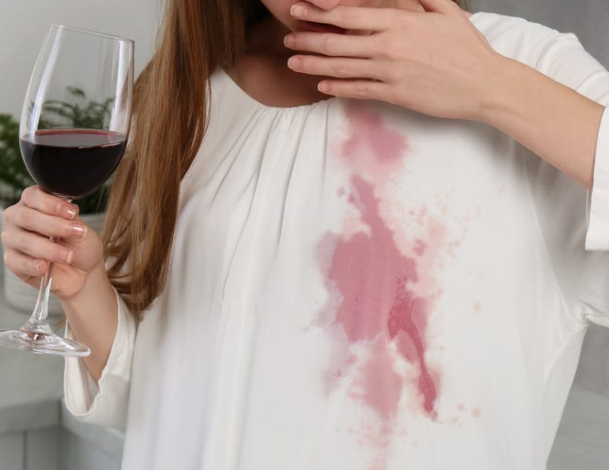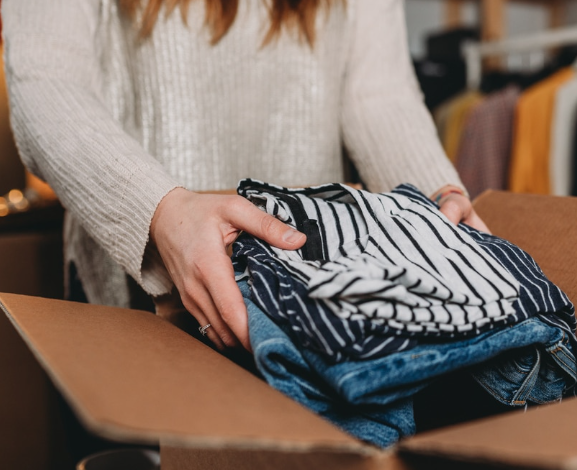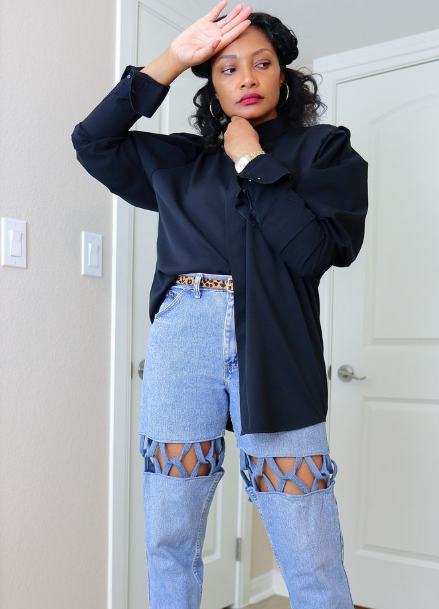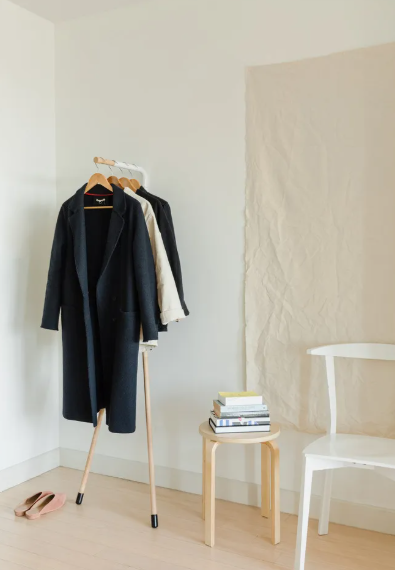
How to Tackle Tough Stains Like Oil, Wine, and Ink
Dealing with tough stains can be frustrating, but it’s often easier than it seems to get rid of them. Whether it’s an unknown stain or one caused by oil, wine, or ink, with the right approach, you can restore your clothes to their original state. Here’s a practical guide on how to remove stubborn stains effectively.
Assess the Stain
The first step in stain removal is identifying the type of stain. Stains generally fall into three categories: oil-based, water-based, or protein-based. Each type of stain requires different treatments, so understanding the stain’s characteristics is crucial.
- Oil-based stains: These are often greasy and sticky. They are usually the toughest to remove.
- Water-based stains: These include stains from drinks like wine or coffee.
- Protein-based stains: Examples are stains from blood or food products like milk.
Once you have an idea of what you’re dealing with, check the care label of the fabric to avoid damage. The label will provide essential information, such as whether bleach is safe to use or if dry cleaning is required.
Soak the Fabric
Before applying any treatments, it’s best to rinse the stained area with cold water. Cold water helps prevent stains from setting, particularly with protein stains such as blood or dairy. Hold the fabric under running cold water, directing it through the back of the stain to push it out.
If rinsing doesn’t remove the stain, soak the fabric. Fill a basin with cold water and add a mild detergent or oxygen bleach, depending on the fabric care instructions. Let it soak for at least 30 minutes to loosen the stain.
For greasy stains, like those from oil or butter, apply dish soap directly to the stain. Dishwashing liquid is highly effective at breaking down oils. Allow it to sit for 10-15 minutes before rinsing with cold water.
Baking Soda and Vinegar
Baking soda and vinegar are excellent at removing tough stains such as wine, coffee, and ink. To use them, mix baking soda with a little water to form a paste. Apply the paste to the stain, letting it sit for around 30 minutes. Gently scrub the stain and then rinse with cold water. Baking soda not only absorbs stains but also neutralizes odors.
For persistent stains, white vinegar can also be effective. Mix one part vinegar with two parts water, and dab the solution onto the stain with a clean cloth. Let it sit for 15 minutes before rinsing. Vinegar is particularly helpful for removing food and drink stains while eliminating lingering odors.
Hydrogen Peroxide and Rubbing Alcohol
For stains that are still lingering after the previous methods, hydrogen peroxide and rubbing alcohol can provide additional power. Hydrogen peroxide is great for dark stains like blood or chocolate. Apply it directly to the stain, let it bubble for a few minutes, and then blot with a clean cloth before rinsing. However, be cautious with dark fabrics, as hydrogen peroxide can have a mild bleaching effect.
Rubbing alcohol works well on ink, dye, or makeup stains. Dab a small amount onto the stain with a cotton ball and blot gently. For stubborn ink stains, you can mix rubbing alcohol with a few drops of ammonia, but always test this combination on an inconspicuous area first to avoid damaging the fabric.
Blot, Don’t Scrub, and Dry Properly
When dealing with stains, always blot the affected area instead of scrubbing. Scrubbing can push the stain deeper into the fibers, making it more difficult to remove. Use a clean cloth or paper towel to blot the stain, starting from the outer edges and working your way toward the center to avoid spreading it further.
After treating the stain, avoid putting the fabric in the dryer until you’re certain the stain is gone. Heat can set the stain permanently. Instead, air dry the fabric in a well-ventilated area and check for any remaining traces of the stain before drying it with heat.
The Impact of Humidity on Clothing
Humidity can have a significant effect on your clothes, particularly if you’re storing them for long periods. High humidity levels can cause mold, mildew, and odors, especially on natural fibers like cotton and wool. Additionally, excessive moisture can make stains harder to remove later.
To control humidity, store your clothes in a cool, dry area with good ventilation. Using moisture-absorbing items such as silica gel packs or a dehumidifier can help reduce excess moisture in the air. Cedar blocks also help absorb humidity and provide natural pest protection.
How to Store Clothes Long-Term
Proper storage is key to maintaining your clothes, especially when storing them for a season or longer. Start by thoroughly cleaning your clothes before storing them—any stains or dirt left untreated can become permanent over time.
For storage, use breathable garment bags or plastic bins to protect clothes from dust and pests. Avoid sealing clothes in plastic completely, as this can trap moisture and lead to mold. Cedar blocks, sachets, or rings are excellent for keeping your clothes fresh and free from pests like moths. Lavender sachets are another great option for additional freshness and pest deterrence.
By following these tips, you can tackle even the toughest stains and store your clothes in a way that keeps them fresh and in great condition for when you need them again.






